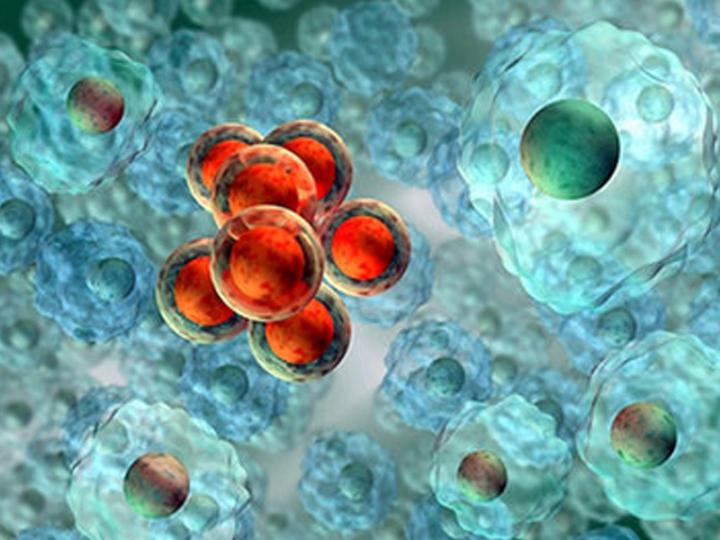
About two decades ago, approximately 1 in 10,000 children were estimated to be autistic. Recently people were started knowing that autism is a neurodegenerative disorder and sometime even a normal, healthy child can be autistic depending upon the severity of the disease. Today, the number of autistic children is estimated to be 1 in 68, due to several inborn and environmental reasons. As this number is increasing doctors and other healthcare professionals are developing a much better understanding of what the condition can be? How it is related to other factors and what can be its effects?
Autism is a disorder which can be linked up with the defective functioning of the brain. The effects of it can be lifelong and progressive and manifest itself in areas such as communication, language, social interaction and behavior. It has been also observed from the study conducted that boys are more prone to the disorder than girls. Earlier diagnosis were done only on the basis of behavioral differences, social interaction pattern of the child, which could be observed in birthday parties or school etc. However, the science has potentially advanced to the extent that now the blood test to detect maternal antibodies for the possibility of the autistic baby is on the way to the market. This way, before delivery of the baby only people will get to know that the baby is prone to autistic. However that will be the case of future development, currently different rehabilitation approach have been identified as possible indications to make these children feel that they are important and are treated as normal children. Although it is rather a supportive therapy than a treatment. So far a medical treatment is not available to identify the cause and alter the condition.
Stem cell treatment for Autism can be advantageous as the stem cells are cells which can be differentiated to other cells of the body. The science has exploited this unique ability of stem cells for the treatment of various neurodegenerative disorders. These stem cells are found in all mature organs of the body, most potent amongst them are Bone Marrow and Adipose Tissue. These are the most abundant and underutilised sources, which can be used in an autologous mode for the treatment purpose. The science and the technology have the advancements that stem cells from these sources can be isolated, enriched in the laboratory under a sterile, clean environment and infused back at the site of injury. In case of Autism, the brain fails to transfer signals due to the neuronal degeneration in the specific region that mainly controls communication and behavioral pattern. This degeneration is progressive. Stem cells when administered through lumbar puncture directly in the cerebro-spinal fluid can be transferred to the site. These cells then elicit different immune responses and growth factors to make the regeneration process faster.
Stem cell therapy can also be coupled with stimulation therapy to enhance the process of regeneration. With this, professionals are injecting growth factors and other factors to naturally proliferate stem cells present at the targeted area to improve the outcome.
Thus, children with autism feel love, happiness and pain just like other healthy children. The science is developing faster day by day to bring advanced treatment options! But it is also important to educate people more and more about the current options possible with the maximum benefits to make these children feel comfortable and get them back to the life.
Leave a Comment